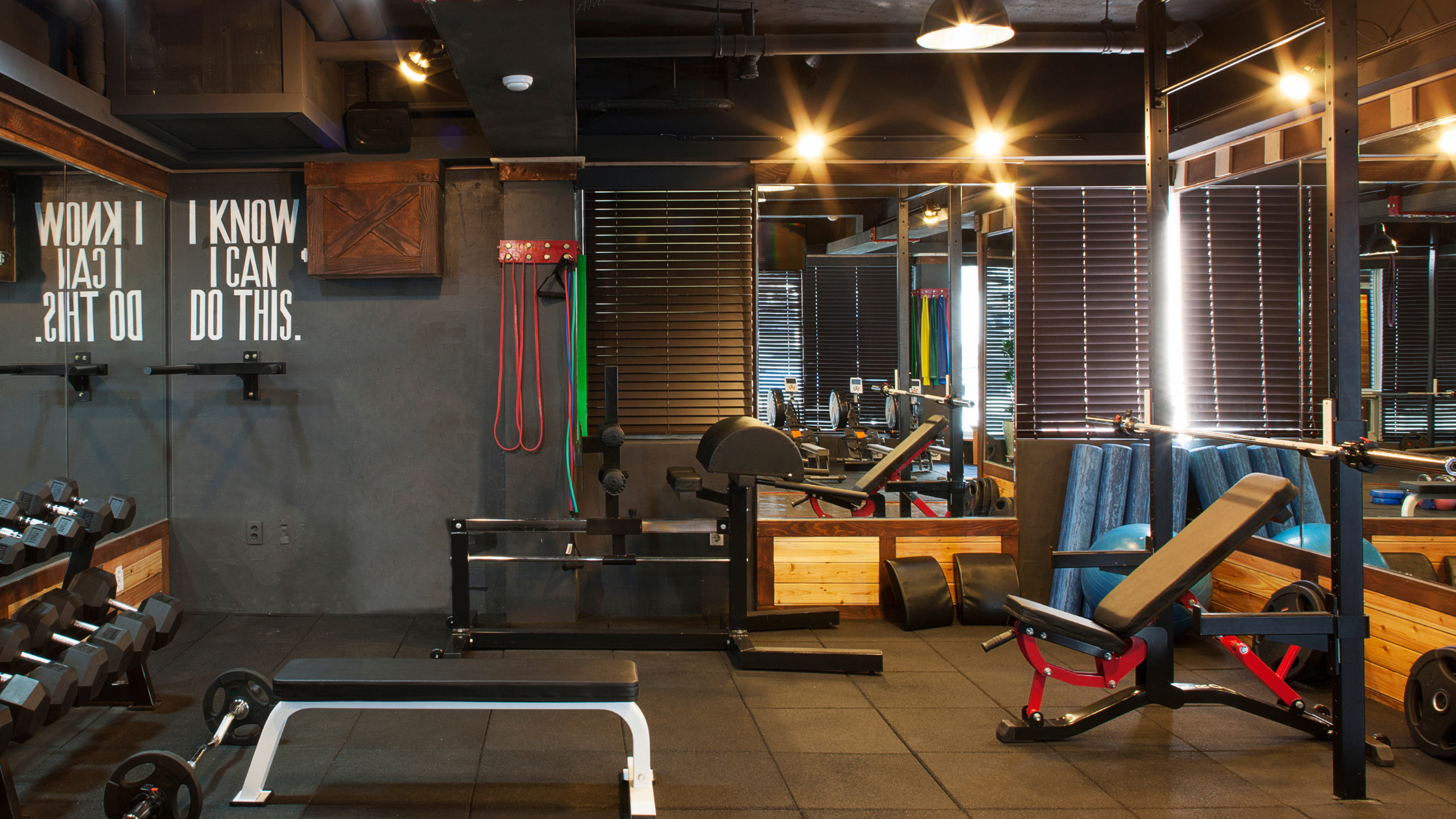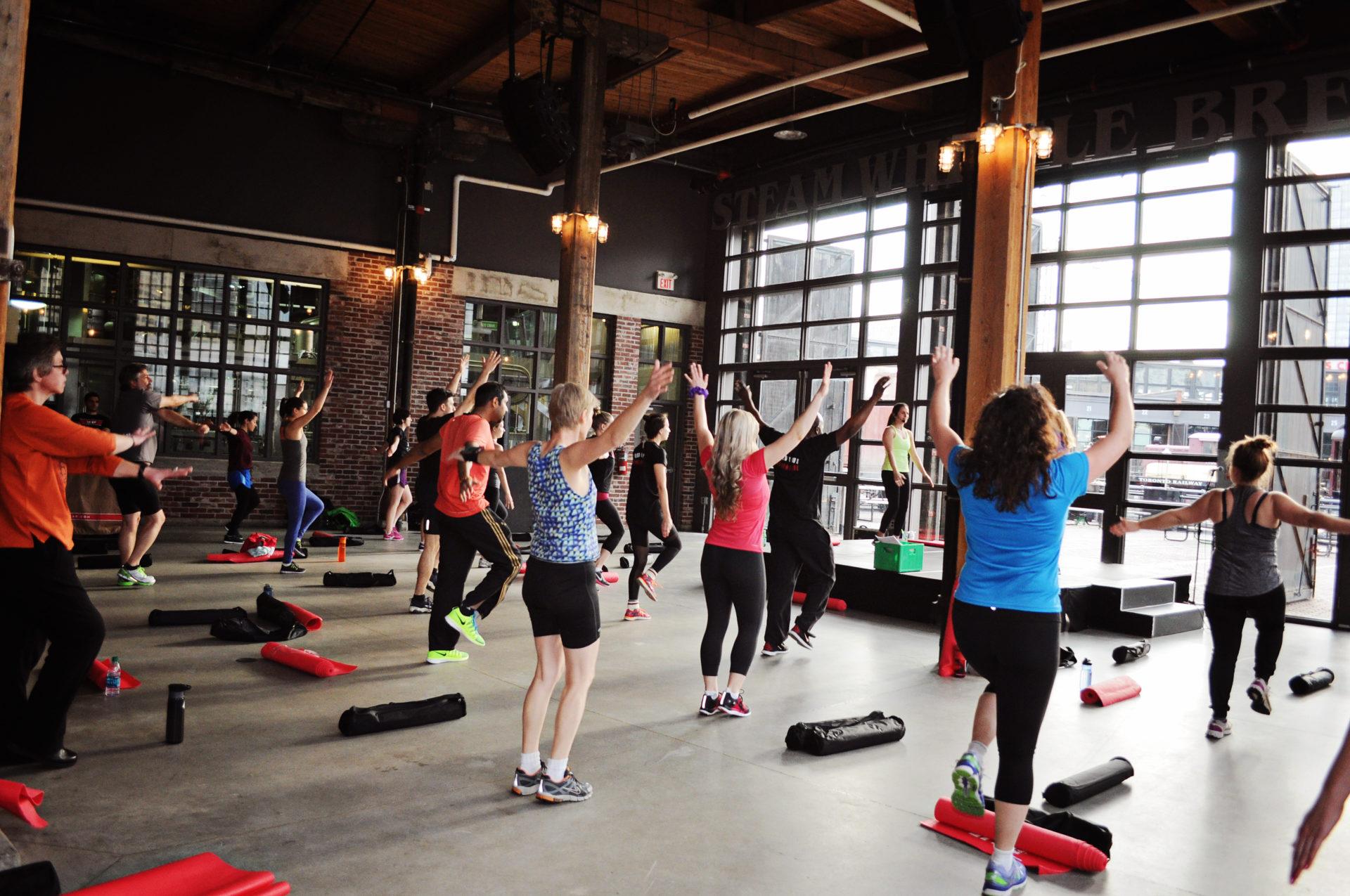In the ever-evolving landscape of the fitness industry, local gyms strive to stay ahead by embracing innovative strategies to attract and retain clients. One crucial aspect that can significantly impact a gym’s success is its online visibility, and local gym SEO (Search Engine Optimization) plays a pivotal role in achieving this. In this comprehensive guide, we will delve into the top 10 local gym SEO strategies that fitness centers can leverage to enhance their digital presence and reach a wider audience.
Table of Contents
- Keyword Research: Unveiling the Fitness Language
- Optimizing Google My Business: Claiming Your Digital Space
- Localized Content Marketing: Tailoring Fitness Insights for the Community
- Mobile-Friendly Website: Adapting to the On-the-Go Lifestyle
- Local Link Building: Building a Network of Authority
- Social Media Engagement: Connecting Beyond the Gym Walls
- On-Page SEO: Crafting Compelling Content for Search Engines
- Local SEO Citations: Consistent NAP Across the Web
- User-Generated Content: Harnessing the Power of Testimonials and Reviews
- Local SEO Analytics: Measuring Success and Iterating Strategies
- Frequently Asked Questions
- What is local gym SEO, and why is it important for fitness centres?
- How can a fitness center improve its Google My Business (GMB) listing for local SEO?
- What role does social media play in local gym SEO, and which platforms are most effective?
- How can a fitness center encourage user-generated content for local SEO?
- What tools and metrics should a fitness center monitor to measure the success of its local SEO efforts?
- Conclusion
Keyword Research: Unveiling the Fitness Language
Before embarking on any SEO journey, understanding the language your target audience uses is paramount. Through meticulous keyword research, fitness centers can uncover the specific terms and phrases potential clients are searching for online. In the realm of “local gym SEO,” focusing on keywords such as “fitness classes near me,” “personal training in [city],” or “best local gym for weight loss” can provide valuable insights.
Optimizing Google My Business: Claiming Your Digital Space
Google My Business (GMB) is a powerful tool for local SEO. Fitness centers should claim and optimize their GMB listing by providing accurate and up-to-date information, including business hours, location, and contact details. Encouraging satisfied clients to leave reviews on the GMB page not only boosts credibility but also enhances local search rankings.
Localized Content Marketing: Tailoring Fitness Insights for the Community
Creating content that resonates with the local community is a game-changer for local gym SEO. Fitness centers can produce blog posts, videos, or infographics that address specific health and wellness concerns within their region. This not only establishes the gym as a local authority but also increases the likelihood of appearing in local search results.
Mobile-Friendly Website: Adapting to the On-the-Go Lifestyle
As mobile usage continues to rise, having a mobile-friendly website is non-negotiable. Google prioritizes mobile-friendly sites in search results, making it essential for fitness centers to ensure seamless navigation and an optimal user experience for potential clients accessing their website on smartphones or tablets.
Local Link Building: Building a Network of Authority
Earning backlinks from reputable local websites can significantly boost a gym’s SEO efforts. Fitness centers can collaborate with local businesses, sponsor community events, or participate in local initiatives to gain exposure and establish a network of backlinks. These connections not only enhance credibility but also contribute to improved local search rankings.
Social Media Engagement: Connecting Beyond the Gym Walls
Social media platforms are powerful tools for engaging with the local community. Fitness centers should actively share content, respond to comments, and participate in relevant conversations on platforms like Facebook, Instagram, and Twitter. Social signals, such as likes, shares, and comments, contribute to a gym’s overall online presence and can positively impact search rankings.
On-Page SEO: Crafting Compelling Content for Search Engines
Optimizing on-page elements is fundamental to local gym SEO. Fitness centers should ensure that each page on their website is optimized for relevant keywords, with well-crafted meta titles, descriptions, and headers. Providing valuable and informative content not only attracts visitors but also encourages them to spend more time on the site, signaling its relevance to search engines.
Local SEO Citations: Consistent NAP Across the Web
NAP (Name, Address, Phone Number) consistency across online directories and platforms is crucial for local SEO. Fitness centers should audit and update their business information on platforms such as Yelp, Yellow Pages, and other local directories. Consistent NAP data reinforces a gym’s legitimacy and improves its chances of ranking higher in local search results.
User-Generated Content: Harnessing the Power of Testimonials and Reviews
Encouraging clients to share their success stories, testimonials, and reviews not only fosters a sense of community but also provides valuable user-generated content. Fitness centers can feature these testimonials on their website, creating authentic content that resonates with potential clients and positively impacts local search rankings.

Local SEO Analytics: Measuring Success and Iterating Strategies
Implementing local gym SEO strategies is an ongoing process, and analyzing performance is crucial for refinement. Fitness centres should leverage tools like Google Analytics and Google Search Console to monitor website traffic, user behavior, and search performance. Regular analysis allows gyms to identify what works and iterate on their strategies for sustained success.
Frequently Asked Questions
What is local gym SEO, and why is it important for fitness centres?
Local gym SEO, or Search Engine Optimization, is the practice of optimizing a fitness center’s online presence to enhance its visibility in local search results.
How can a fitness center improve its Google My Business (GMB) listing for local SEO?
To optimize a Google My Business listing for local SEO, a fitness center should ensure accurate business information, including name, address, phone number (NAP), business hours, and website URL.
What role does social media play in local gym SEO, and which platforms are most effective?
Social media is a valuable tool for local gym SEO as it allows fitness centers to engage with the local community, share relevant content, and build an online presence. Platforms such as Facebook, Instagram, and Twitter are effective for connecting with potential clients.
How can a fitness center encourage user-generated content for local SEO?
Fitness centers can encourage user-generated content by actively seeking testimonials, success stories, and reviews from satisfied clients. Feature this user-generated content on the gym’s website and social media platforms, showcasing real-life stories that resonate with potential clients and positively impact local SEO.
What tools and metrics should a fitness center monitor to measure the success of its local SEO efforts?
Fitness centers should utilize tools like Google Analytics and Google Search Console to monitor the success of their local SEO efforts. Key metrics to track include website traffic, user behavior, conversion rates, and keyword performance.
Conclusion
In the competitive landscape of the fitness industry, local gyms must harness the power of local SEO to stand out and attract their target audience. By implementing the top 10 strategies outlined in this guide—ranging from keyword research and Google My Business optimization to social media engagement and local link building—fitness centers can elevate their online presence, connect with the local community, and ultimately drive more foot traffic through their doors.

